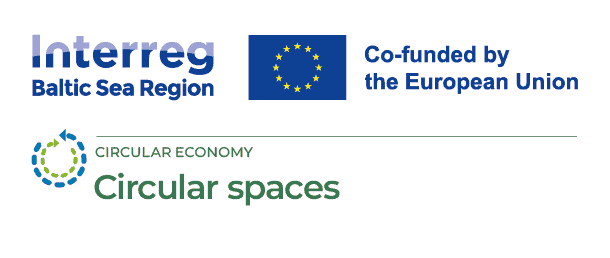
Circular Makerspace: Promoting Innovation Through Sustainable Creation
30 January 2024
As the world continues to grapple with environmental challenges, the concept of circular economy principles has gained prominence. Circular makerspaces are emerging as hubs of sustainable innovation, where the traditional linear model of take, make, and dispose is replaced with a circular approach that prioritizes recycling, reusing, and reducing waste. Let’s explore the key components of a circular makerspace and how it can contribute to a more sustainable future.
Key Features of a Circular Makerspace:
Material Reclamation and Upcycling:
A circular makerspace focuses on sourcing materials sustainably and emphasizes the importance of reclaiming and upcycling materials. From discarded electronics to reclaimed wood, the space encourages makers to repurpose materials, reducing the demand for new resources and minimizing waste.
Modular Design and Repair Workshops:
Embracing the principles of circularity, a makerspace designed with modularity in mind allows for the easy disassembly and repair of projects. Workshops on repairing electronics, appliances, and other items empower makers to extend the lifespan of products, reducing the overall environmental impact.
Shared Resource Library:
In a circular makerspace, a shared resource library becomes a focal point. Instead of each individual owning specialized tools, the community can borrow and share equipment. This reduces the need for mass production and consumption of tools, promoting a more sustainable use of resources.
Waste Management and Recycling Stations:
A circular makerspace incorporates waste management and recycling stations where makers can responsibly dispose of and recycle materials. Education on proper recycling practices and waste reduction is an integral part of the makerspace’s mission.
Education on Sustainable Practices:
Central to a circular makerspace is the education of its community members. Workshops, seminars, and training programs on sustainable practices, eco-friendly materials, and circular design principles empower makers to integrate environmental considerations into their projects.
Circular Design Challenges:
The makerspace can organize circular design challenges that encourage participants to create products with longevity, minimal environmental impact, and ease of disassembly. These challenges foster a mindset that prioritizes sustainability and circularity in the ideation and creation process.
Benefits of a Circular Makerspace:
Environmental Impact Reduction:
By adopting circular economy principles, makers in the space actively contribute to reducing their environmental footprint. The emphasis on reuse and recycling helps divert materials from landfills, promoting a more sustainable approach to creation.
Community Engagement:
Circular makerspaces foster a sense of community by bringing together like-minded individuals who share a commitment to sustainable practices. The collaborative environment enhances knowledge exchange and inspires collective efforts towards a circular economy.
Innovation in Sustainable Technologies:
The focus on circularity encourages makers to explore innovative technologies that support sustainability. From eco-friendly materials to energy-efficient designs, the makerspace becomes a breeding ground for cutting-edge solutions that align with circular principles.
A circular makerspace represents a paradigm shift in the maker movement, aligning it with the urgent need for sustainable practices. By emphasizing responsible material use, promoting circular design thinking, and fostering a community dedicated to environmental consciousness, circular makerspaces not only contribute to the reduction of waste but also inspire a generation of makers committed to shaping a more sustainable and circular future.
Keep following the project Circular spaces as we develop solutions for makerspaces and makers to shift to circular economy principles in their creative work.





